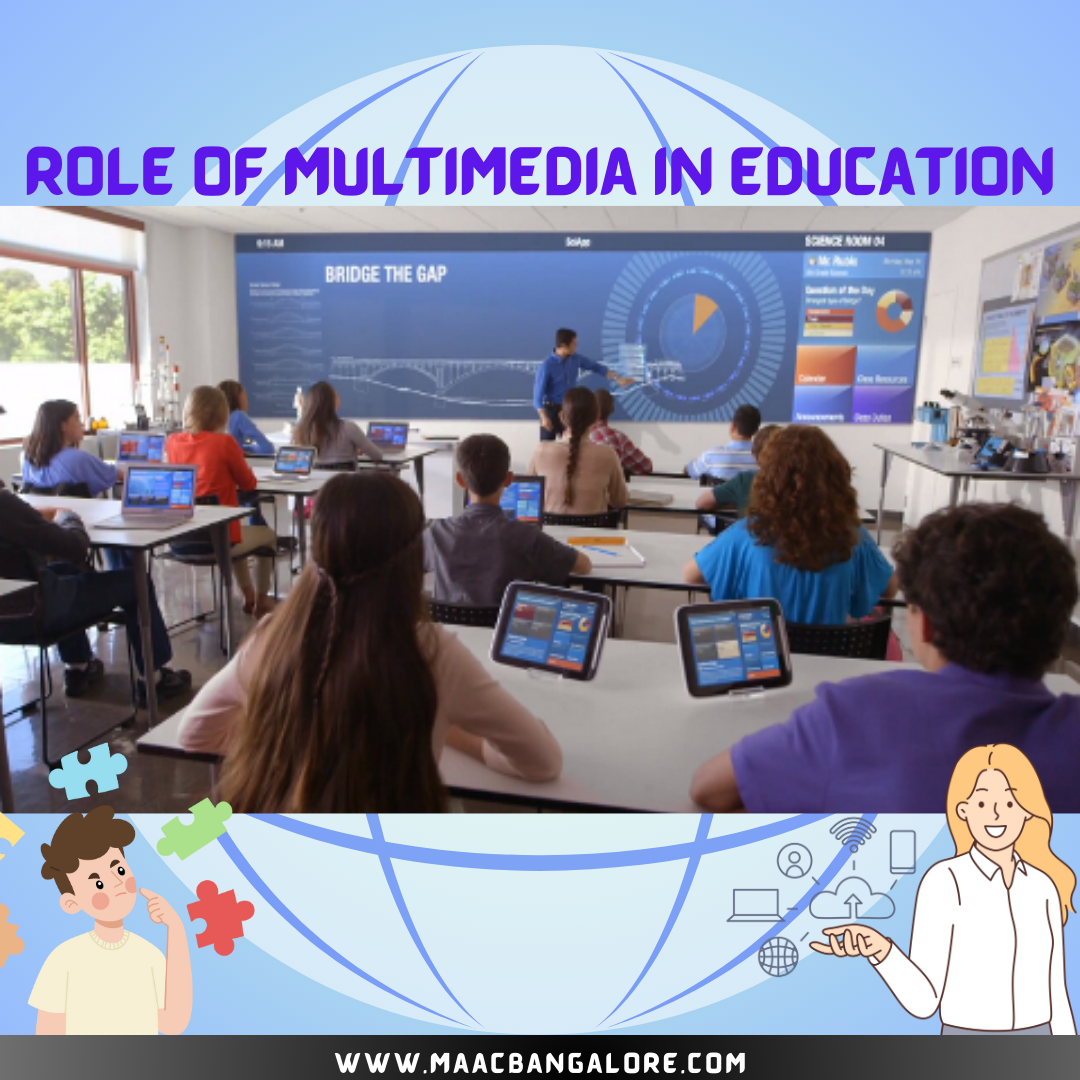Role of Multimedia in Education
Imagine a classroom buzzing not just with the teacher’s voice, but with vibrant animations, interactive simulations, and captivating documentaries. This is the power of multimedia in education, a revolution that’s reshaping the learning landscape. No longer confined to dusty textbooks, knowledge comes alive through a symphony of sound, visuals, and interactivity, fostering deeper engagement and understanding
Role of Multimedia :
Why Multimedia Matters:
In today’s digital age, learners are accustomed to the dynamic, immersive worlds of technology. Traditional, text-heavy methods often struggle to compete with this constant stimulation. Multimedia bridges this gap, making learning:
More Engaging: Interactive elements like quizzes, simulations, and games transform passive learning into active participation. Students become explorers, manipulating virtual environments and solving problems in engaging ways.
Accessible to Diverse Learners: Text-based learning caters primarily to visual learners. Multimedia incorporates audio, animations, and videos, appealing to auditory, kinesthetic, and visual learners alike.
Memorable and Meaningful: The multisensory nature of multimedia creates stronger neural connections, promoting information retention and deeper understanding. Complex concepts become easier to grasp through visually compelling representations and interactive experiences.
Globally Connected: Multimedia opens doors to a world of information beyond textbooks. Virtual field trips, cultural documentaries, and live interactions with experts across the globe broaden perspectives and foster intercultural understanding.
Personalized and Self-paced: E-learning platforms powered by multimedia cater to individual learning styles and paces. Students can revisit challenging topics, explore their interests in-depth, and progress at their own comfort level.
Examples in Action:
Imagine dissecting a virtual frog in biology class, exploring the wonders of the Great Barrier Reef through an immersive VR experience, or participating in a live debate with students from another country – all thanks to multimedia. Here are some specific examples:
Science: Interactive simulations allow students to experiment with virtual labs, manipulating variables and observing outcomes in real time.
History: Virtual tours of historical sites and reenactments of significant events bring the past to life, fostering a deeper connection with the subject.
Language Learning: Immersive language software with interactive dialogues and pronunciation tools accelerates language acquisition for visual and auditory learners.
Math: Gamified math apps make practicing calculations fun and engaging, transforming a perceived hurdle into an enjoyable challenge.
The Future of Learning:
Multimedia is not just a trend; it’s the future of education. We may anticipate increasingly more engaging and immersive experiences as technology develops. Augmented reality (AR) and virtual reality (VR) will blur the lines between the physical and digital worlds, creating truly transformative learning environments.
Challenges and Considerations:
While multimedia offers immense potential, challenges remain. Equitable access to technology and reliable internet connectivity is crucial for inclusive learning. Additionally, effective implementation requires careful planning and integration with the existing curriculum. Educators need training and support to leverage multimedia effectively, ensuring technology complements, not replaces, their expertise.


Recent Comments